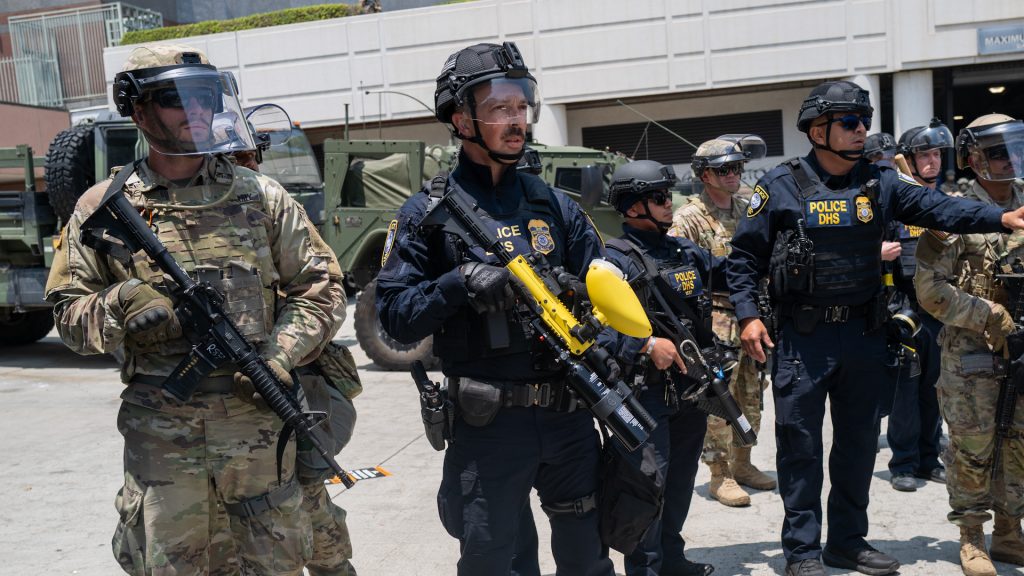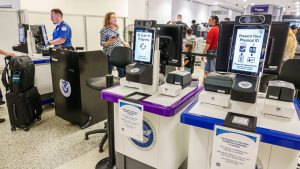National Guard ‘Quick Reaction Force’ could hit cities in one hour during unrest

The Trump administration is weighing a Pentagon plan to station 600 National Guard soldiers — split between bases in Alabama and Arizona — on standby to respond to protests or other unrest, according to internal documents reviewed by The Washington Post. Each 300-member unit would cover either side of the Mississippi River.
How would the force be activated?
The plan relies on a section of U.S. law that allows the president to bypass some restrictions on military operations inside the country. The proposal would place troops on Title 32 orders, meaning their state governor would remain in control of them, but the federal government would fund them.
Each unit’s first 100 members would be ready to move within one hour, followed by second and third waves within two and 12 hours, or all at once during high alert. The documents outline that the force would rotate service members every 90 days from Army and Air Force National Guard units in multiple states.
Joseph Nunn of the Brennan Center for Justice said Title 32 authority, which could spark conflict with governors, is based on a legally contested interpretation of presidential powers.
The plan bypasses the historical precedent in which governors determine when to request out-of-state Guard support, a process one governor’s spokesperson called a “well-established procedure.”
Carter Elliot, spokesperson for Maryland Gov. Wes Moore, said the administration is “blatantly and dangerously ignoring” that precedent.
What concerns are being raised?
Planning documents warn that the quick-reaction mission could strain personnel and equipment, reduce Guard availability for disaster response, disrupt training and create political sensitivities over civil-military balance. Budget estimates suggest the plan could cost hundreds of millions of dollars, with one official recommending commercial flights over military aircraft to cut costs and reduce visibility.
Some legal experts warn the plan could lower the threshold for sending soldiers into U.S. cities.
“You don’t want to normalize routine military participation in law enforcement,” Nunn said.
Lindsay P. Cohn, a U.S. Naval War College professor speaking in a personal capacity, called the proposal “really strange,” given that crime rates are declining and there are no major protests or civil disturbances.
How has the administration used troops domestically?
President Donald Trump has previously used National Guard and active-duty forces for domestic missions. This includes sending more than 5,000 soldiers to the Los Angeles area earlier this year under an authority for quelling insurrection and 800 D.C. National Guard troops this week to address what he describes as violent crime there. The D.C. mayor called the latest move “unsettling and unprecedented.”
The National Guard tested a similar quick-response concept before the 2020 election, placing 600 troops on alert amid concerns about political violence. That test followed months of unrest after the murder of George Floyd.





